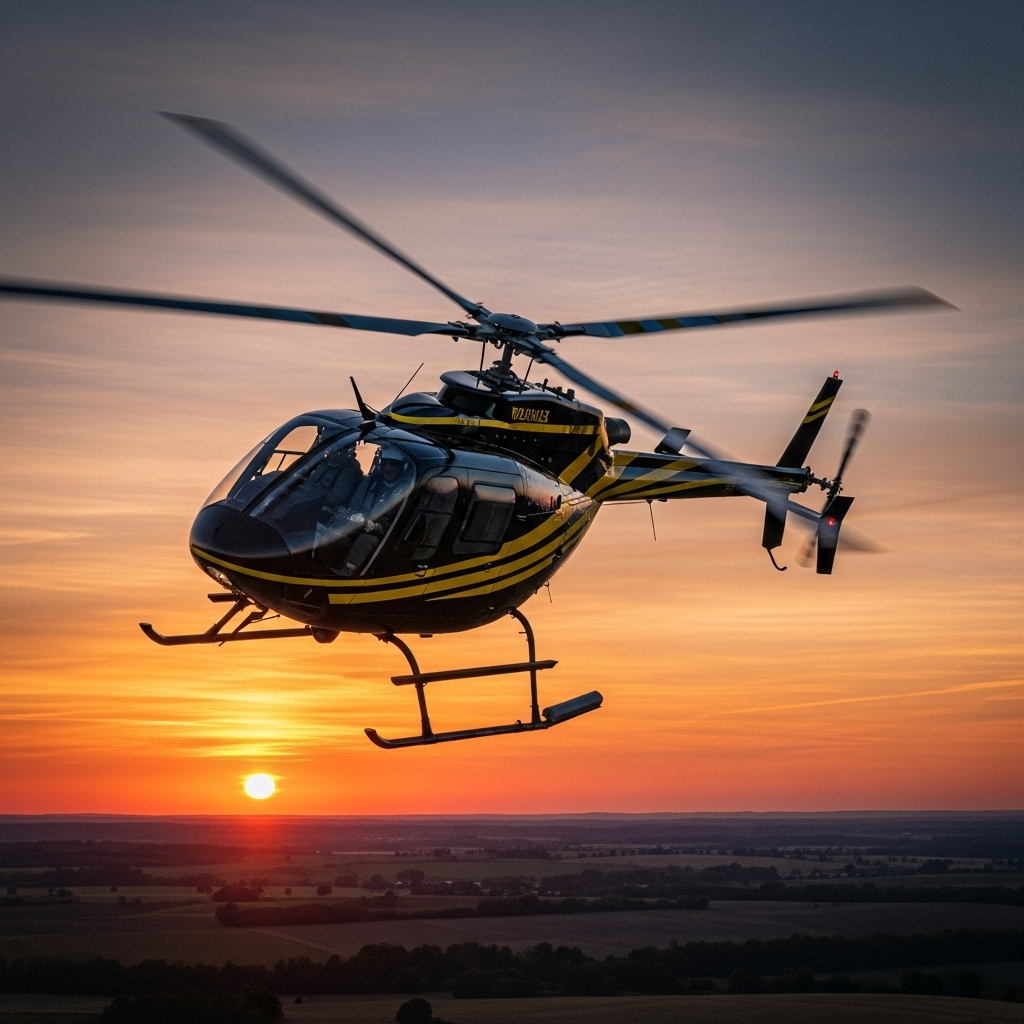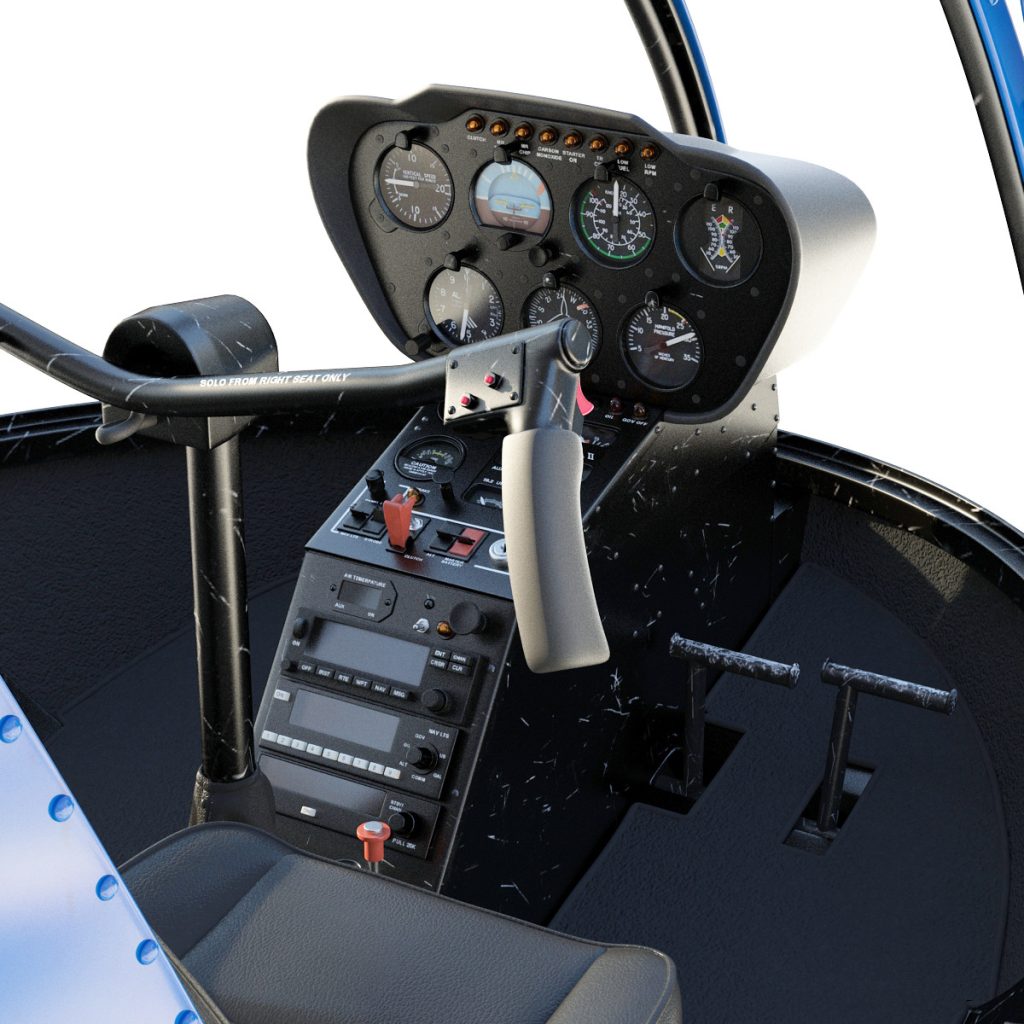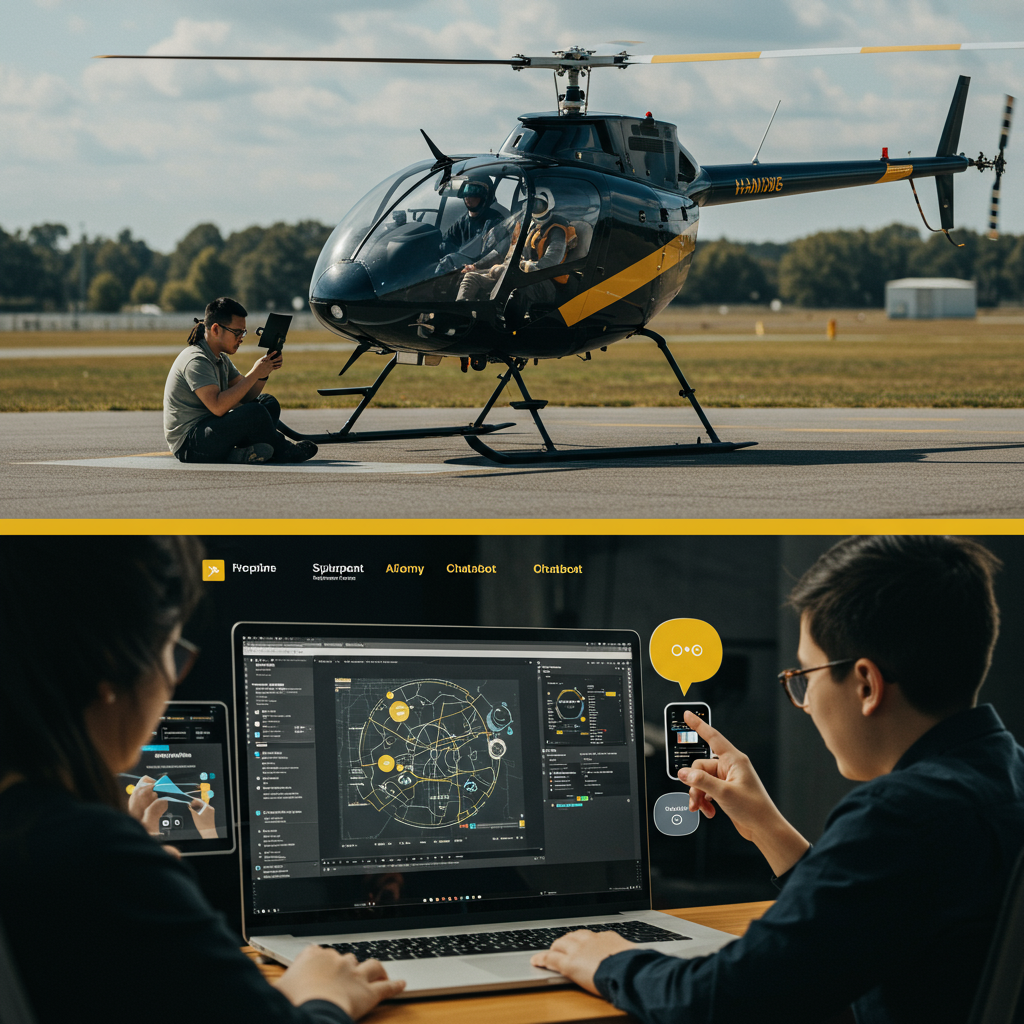Embarking on helicopter pilot training is an exciting journey filled with new skills, challenges, and opportunities for growth. However, novice students often encounter common pitfalls that can hinder their progress and compromise safety. Recognizing and addressing these mistakes early on can make a significant difference in achieving proficiency and confidence. This article explores the top five mistakes new helicopter students make and offers practical advice on how to avoid them, ensuring a smoother and more successful training experience.
Common Pitfalls New Helicopter Students Encounter During Training
One of the most frequent mistakes among new helicopter students is overestimating their abilities and rushing through foundational skills. This impatience can lead to poor technique and increased risk of errors during flight. Additionally, students often struggle with mastering the complex controls and navigation required for helicopter operations, which can result in confusion and hesitation. A lack of consistent practice and inadequate understanding of emergency procedures also pose significant challenges. These pitfalls often stem from insufficient preparation, unrealistic expectations, or inadequate instructor guidance, emphasizing the importance of patience, thorough learning, and steady progress.
Recognizing the Impact of Poor Pre-Flight Planning and Preparation
Inadequate pre-flight planning is a critical mistake that can have serious safety implications. When students neglect to thoroughly review weather conditions, weight and balance calculations, or flight routes, they increase the likelihood of encountering unexpected issues during flight. Poor preparation can lead to indecision, increased stress, and compromised situational awareness. Furthermore, it diminishes the pilot’s ability to respond effectively to changing conditions, potentially resulting in dangerous situations. Emphasizing meticulous planning and preparation fosters confidence, enhances safety, and ensures that students are ready to handle the complexities of helicopter flying.
Strategies to Improve Situational Awareness and Decision-Making Skills
Developing strong situational awareness and sound decision-making is essential for safe helicopter operation. Students can improve these skills by actively practicing scanning techniques, maintaining a constant mental picture of their environment, and staying alert to potential hazards. Engaging in scenario-based training exercises helps students simulate real-world situations, encouraging quick thinking and proper judgment. Additionally, cultivating a habit of continuous communication with instructors and air traffic control enhances understanding of the broader context of each flight. By adopting these strategies, students can make more informed decisions and respond effectively to dynamic flight conditions.
Practical Tips to Build Confidence and Avoid Critical Errors
Building confidence as a new helicopter student involves consistent practice, thorough study, and positive reinforcement. It is vital to focus on mastering each fundamental skill before progressing to more complex maneuvers, which helps establish a solid foundation. Utilizing checklists diligently, maintaining a calm and focused demeanor, and seeking constructive feedback from instructors contribute to continuous improvement. Additionally, students should embrace a safety-first mindset, never rushing or cutting corners, and always preparing for the unexpected. These practical tips foster a sense of competence and reduce the likelihood of critical errors, paving the way for successful training and safe flying.
Navigating the path to becoming a proficient helicopter pilot requires awareness, preparation, and disciplined practice. By understanding common mistakes and actively working to avoid them, students can enhance their skills, safety, and confidence. With patience and dedication, aspiring pilots can overcome challenges and achieve their goals in the demanding yet rewarding world of helicopter aviation.


